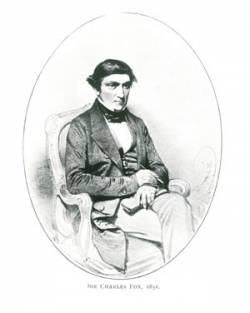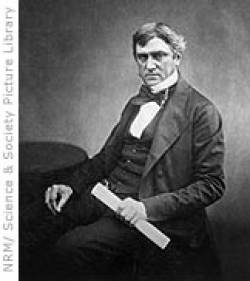 Born into a well-connected family in Derby, UK, Charles Fox became a pupil for John Ericsson, a Swedish engineer. In 1829, he was on the footplate of Novelty which took part in the Rainhill Steam Locomotion Trials and then became a locomotive driver on the Liverpool and Manchester Railway when it opened.
Born into a well-connected family in Derby, UK, Charles Fox became a pupil for John Ericsson, a Swedish engineer. In 1829, he was on the footplate of Novelty which took part in the Rainhill Steam Locomotion Trials and then became a locomotive driver on the Liverpool and Manchester Railway when it opened.
With the construction of the London and Birmingham Railway, Fox was taken on as an articled apprentice by Robert Stephenson and helped to pioneer a number of innovations on the railways. These included his patented 'safety switch' which solved the problem of shifting rolling stock from one set of rails to another. He then became a partner in an iron casting business which became Fox, Henderson & Co. Working extensively in the railway industry, the firm developed particular expertise in the design and construction of large span roofs.
When the Great Exhibition of 1851 was proposed, Fox & Henderson took Caxton's sketches for a huge glass and iron structure and turned it into reality, securing Fox's reputation and earning him a knighthood. Six years later, after the death of Henderson, Fox founded his consultancy practice with his eldest son
